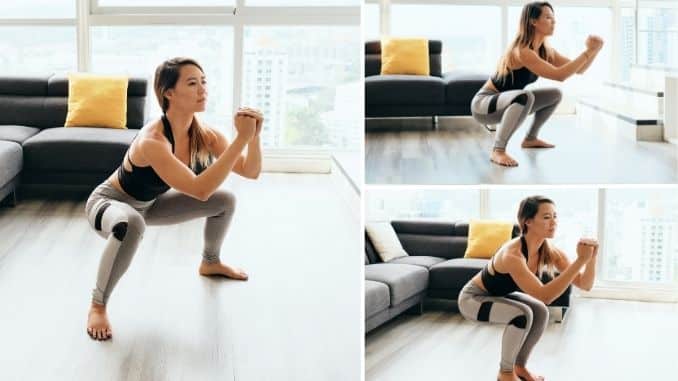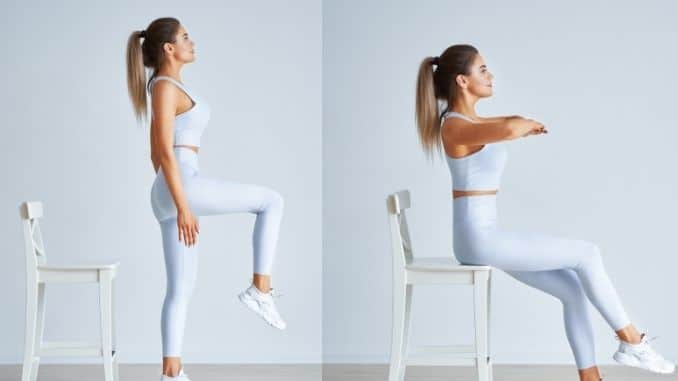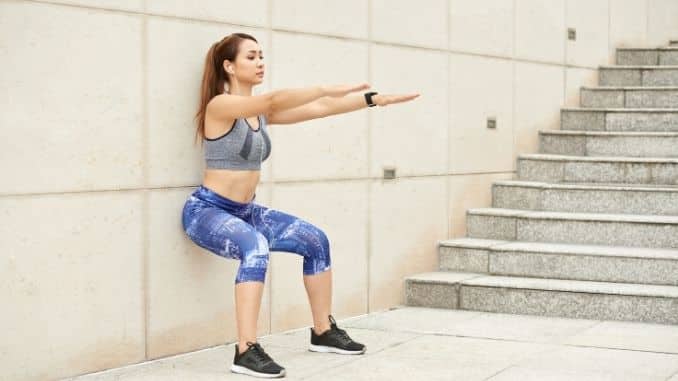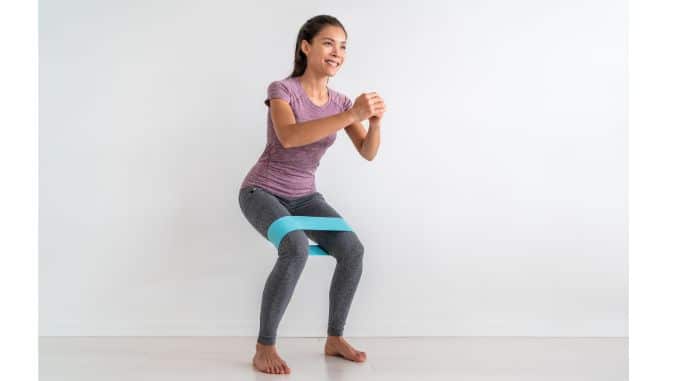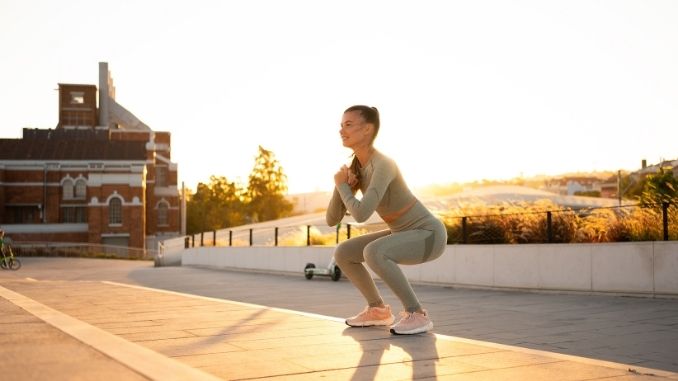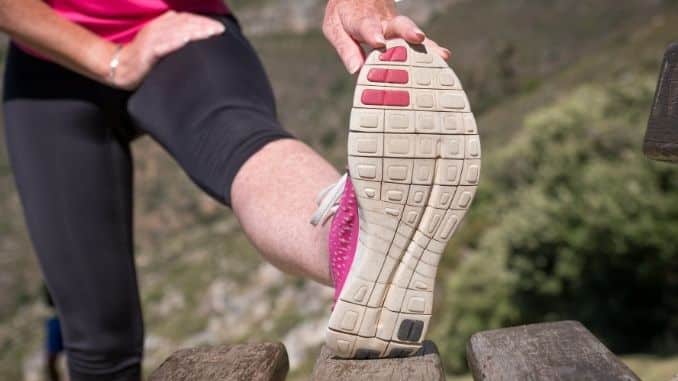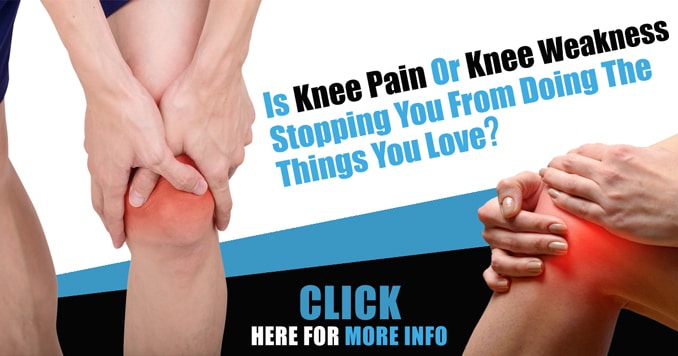
The wear and tear of everyday life can take a toll on your knees, and this is because there are several ligaments, tendons, muscles, and bones in the area. If there’s a problem with one of these structures, you will likely have knee pain while squatting and bending your leg.
If your knee hurts when you bend it or attempt to squat, you may have an injury or another health condition. Depending on the underlying cause, the pain can range in location and intensity.
There are many factors causing knee pain while squatting, and we must know the root cause so that proper treatment can be done.
In attempting a squat position, many muscles are activated in the body, such as your glute muscles, quadriceps, hamstrings, hip flexors, and calves. These muscles should be activated to help stabilize your body and prevent you from feeling like you’re going to fall over.
If one of those muscles is weak or tight, your body will try to compensate for it so that you can do the correct activity. However, it can also contribute to why you sometimes feel like you’re going to fall and why you are leaning forward instead of hip-hinging.
6 Exercises to Lessen Knee Pain
What you can do right now is to start with a modified version of squat exercises to correct your form first before moving on to a more advanced version of a squat.
For starters, you can start with these squatting exercises first:
1. Squat with Chair assist knee pain exercise
Squat with Chair
- Place a bench or low chair about 3 feet from the wall – when you squat, your butt should touch the edge of the surface.
- Face the wall with your feet shoulder-width apart.
- Keeping your chest up and core braced, sit back into your hips and bend your knees, taking about 5 seconds to squat down until your face gets too close to the wall or your butt touches the bench.
- Return to start by quickly pushing through your entire foot.
2. Wall Squat knee pain exercise
Wall Squat
- Stand straight against a wall while keeping the body slightly away from the wall and the feet shoulder-width apart.
- Squat to no more than 90 degrees and hold for about 10 seconds while keeping the abdominal muscles contracted.
- Do this for one set of 5 repetitions.
3. Semi-Squats
Semi-Squat
- Begin upright with your feet hip-width apart, maintaining good alignment with your head, shoulders, hips, and legs.
- Tighten your abdominal muscles.
- Bend your knees and hinge through your hips to lower your seat into a semi-squat position.
- Keep your knees behind your toes.
- Raise back up to an upright standing position, squeezing your glutes at the top position.
- Repeat the movement. Do this for one set of 10 repetitions.
After you’ve mastered the squat modifications, you can now proceed with bodyweight squat:
- Start with your feet slightly wider than hip-width.
- Keep your chest up, engage your abdominals, and shift your weight onto your heels as you push your hips back into a sitting position.
- Lower your hips until your thighs are parallel or almost parallel to the floor. You should feel the squat in your thigh and glutes.
- Hold this position for 10 seconds before going back to the starting position.
- Do this knee pain exercise for one set of 5 repetitions with 10 seconds each.
Finally, when you find it easy to do squats without the feeling of falling or leaning forward, you can now add more challenges, like adding weights or barbells, into your workout.
Also, you should remember these common techniques in squatting:
- Avoid caving in your knees.
- Squatting should be initiated with your hips, not your knees.
- Avoid your knees over your toes by hinging your hips backward.
- Engage your core, as this can help stabilize this movement.
- Keep your chest out and be proud.
- Proper breathing and avoid holding your breath.
Aside from that, you should also do these exercises that can help strengthen and stretch the muscles that need to do this exercise:
4. Bridge
Bridge
- Lie on your back with your knees bent and feet flat on the bed, relaxing your upper body.
- Extend with your arms out to the sides. Contract your abdominal area and tilt your pelvis, lifting your tailbone off the floor.
- Push your heels to lift your hips, squeezing your glutes at the end position.
- Hold this for 10 seconds before returning to the starting position.
- Do this knee pain exercise for one set of 10 repetitions with a 10-second hold.
5. Hamstring Stretch
Hamstring Stretch
This is performed in a standing position, right beside a bed or a table.
- Lift one leg and place it on top of the table. (Hold in a sturdy wall or chair if you feel like losing balance).
- Keep your knees and legs as straight as you can.
- You should feel a stretch behind your legs, at the hamstrings area.
- This is done for a 20-second hold and 1 set of 2 repetitions.
6. Quadriceps Muscle Setting
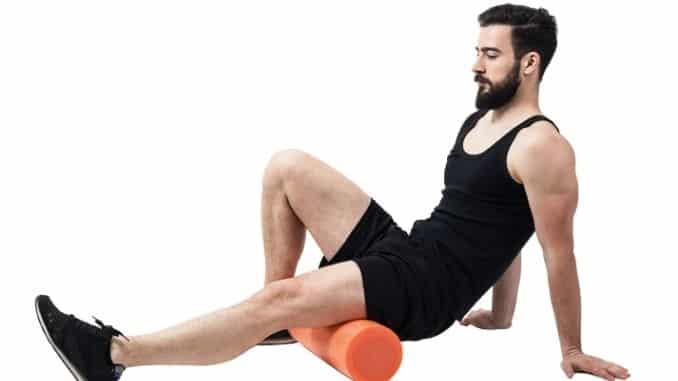
- Tighten the muscles on the top of your thigh by pushing the back of your knee down into the bed.
- Hold for 5 seconds and relax.
- Do this knee pain exercise for 1 set of 5 repetitions per thigh.
Remember to do these exercises within your capabilities and pain-free range.
You may also check out these articles about squatting:
1. The Fundamentals of the Bodyweight Squat
2. Exercises to Relieve tailbone pain
Outlook
In general, knee pain during a squat can be resolved by correcting your form, strengthening and stretching the muscles, and allowing ample time for warm-up to fire up the muscles that can help you achieve this position without pain. However, keep in mind that this is a symptom that affects your knee joint. If your pain didn’t resolve despite doing these remedies and improving your form, then you schedule an appointment with your doctor so they can determine what specific structure is affected.

